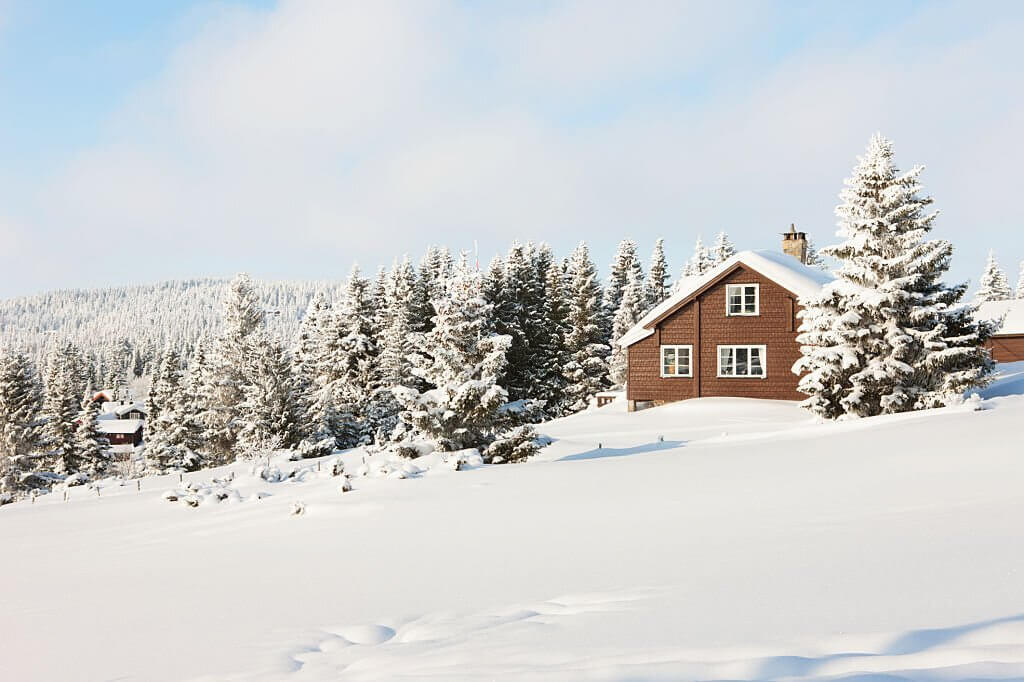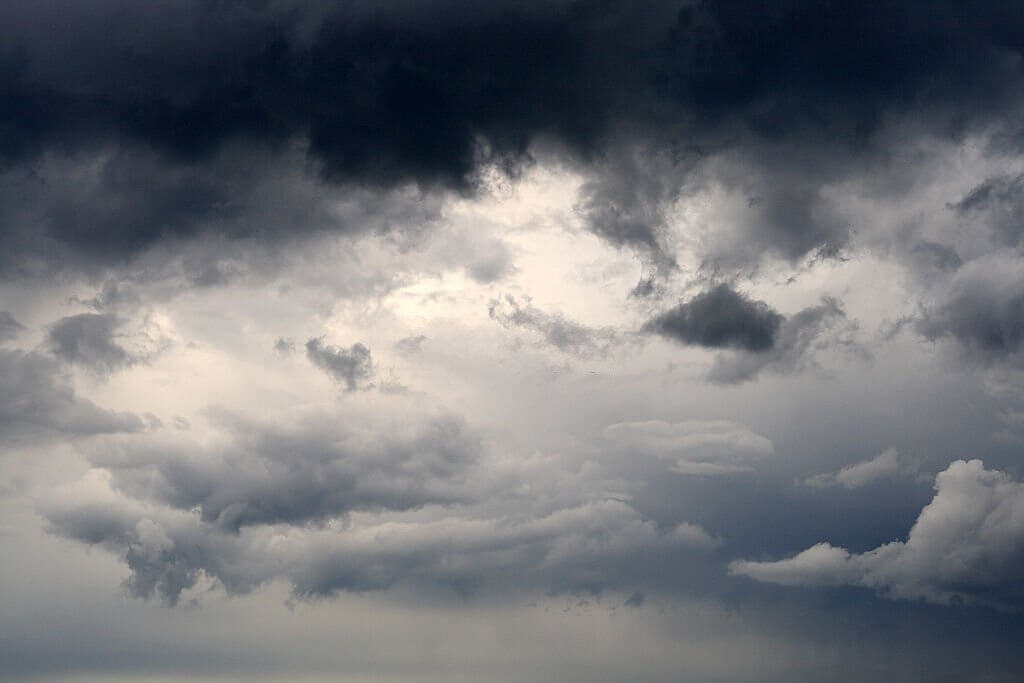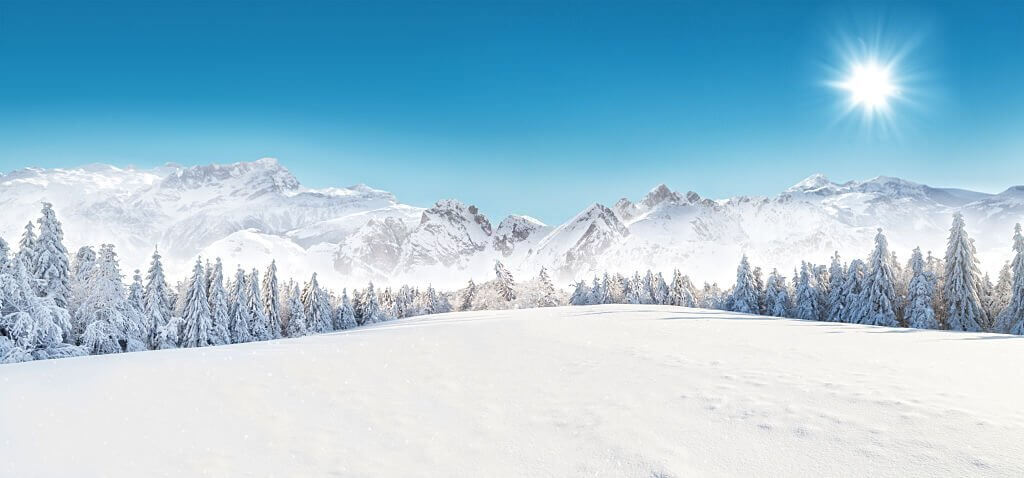Situated in the mid-Atlantic and southeastern regions of the US between the Atlantic coast and Appalachian mountains, Virginia is a state that can be described as not too cold or hot. It has humid and subtropical weather owing to the winter frost. Does it snow in Virginia is a commonly asked question by tourists and residents alike. The Chesapeake Bay and the Blue Ridge Mountains have an impact on the climate of Virginia. The most pleasant months in Virginia are May, June, and September. Read on to learn more about other climatic conditions and conducive weather signals for travel in Virginia.

Is snow common in Virginia?
Virginia has mild winters, but the region is frequently prone to brutal winter storms. Virginia receives most of the rainfall in the western and southwestern regions. It accounts for 14 inches of snow annually compared to the national average of 28 inches. The air is more relaxed and less humid in the mountainous areas of Virginia. Best hikes in West Virginia provide detailed insights into the mountainous terrains of the state to understand the climatic conditions in a better way.
Does all of Virginia get snow?
Piedmont or Central Virginia, Shenandoah Valley in the northwest, and Appalachian mountains in the southwest receive snowfall throughout Virginia. The state receives an average of 14 inches of snow per year. Therefore, winters are shorter with cooler temperatures, and the mountainous regions get the maximum snow. In contrast, the coastal areas receive the lowest snowfall. Thus, western and southwestern mountain climate regions receive the maximum snowfall in the state of Virginia.
Virginia is a great city to live in, and the cost of living in Virginia elaborates on the lifestyle and living costs of the state.
[elementor-template id=”13252″]
Climate in Virginia
Climate defines the long-term pattern of weather in a region. The state of Virginia is known to experience humid and subtropical weather. In detail, read on to learn more about the seasons, months, and precipitation levels. The article is virginia a good state to live in gives in-depth information about the state’s weather conditions conducive to habitation and travel.

What type of climate is Virginia?
Virginia has a humid and subtropical climate with warm summers and crisp winters. Moreover, the state has five climate regions: Tidewater, Piedmont, Northern Virginia, Western Mountain, and Southwestern Mountain. As a result, the state experiences four seasons throughout the year.
Are you a foodie person? You’ll love our write-up on restaurants in the highlands, Atlanta.
What’s the weather like in Virginia year-round?
Virginia is a state that experiences all four seasons. August is hot and humid, January is cold and dry, whereas there is a certain warmth in the air in spring and an intense chill in the Fall. July is the hottest month in the state. Nevertheless, the weather in Virginia is mild and equable throughout the year. The most pleasant months are May, June, and September.
How cold is Virginia in the winter?
Virginia receives moderate snowfall in the winter with temperatures fluctuation. The average minimum temperatures fall in the lower 20 degrees Fahrenheit in the mountainous and northeastern regions of the state. In contrast, it is about 30 degrees Fahrenheit in the south. Moreover, January has the coldest temperature at 25.3 degrees Fahrenheit. As per weather reports, there are approximately 95 cold days in Virginia.
Freezing Days in Virginia
Virginia is warmer than most other states in the US. January has the coldest nighttime temperatures, with an average of 25.3 degrees Fahrenheit. The state’s mountainous, central, and northeastern regions are the coldest in Virginia.

What is the coldest month in Virginia?
January is the coldest month in Virginia, with average temperatures dropping below 20 degrees Fahrenheit. Overall, the average temperature in January is about 25.3 degrees Fahrenheit.
What was the coldest day ever in Virginia?
The coldest day in Virginia happened on Jan 21, 1985, when the temperature was about 30 degrees below zero in the Pembroke area. The adjacent Mountain Lake area also experienced this maximum freezing temperature in Virginia.
Extremely Cloudy Days of Virginia
Humidity plays a crucial role in determining the rainfall or precipitation of a region. July is the most humid month in Virginia, and other months are comparatively less humid. June, July, and August are the humid months in Virginia. Moreover, the state’s mountainous regions account for the cloudy and rainy weather of Virginia.

How many cloudy days does Virginia have?
Virginia has an average of 115 rainy days, which is above the US average, experiencing about 285-300 cloudy days in a year. The Autumn season has the highest precipitation at 28%. The state receives 44 inches of rainfall per year, indicating that it is wetter than most other states in the US.
Why is it always cloudy in Virginia?
The Allegheny mountains that stretch along the borders of Virginia and West Virginia are the factors that lead to overcast weather in the state. Virginia experiences only 60-65 clear days due to the moisture content flowing into the state from north and west of the Alleghenian ranges.
[elementor-template id=”13247″]
Virginia Snow Depth and Snow Accumulation
Virginia experiences about 14 inches of snow every year and is one of the latest snowy states in the US. The state receives snowfall for over 4 months, with January being the snowiest month getting about 4.6 inches of snow. Western Virginia is known to receive the most snowfall in a year. Well, does it snow in Virginia? Yes, it does.

What part of Virginia has snow?
The mountainous regions of Virginia experience the maximum snowfall. The towns of Wise, Burke’s Garden, Hot Springs, Blacksburg, and Staunton in the Virginian mountains receive over 20 inches of snow. Does this answer the question does it snow in Richmond, Virginia?
Does Virginia get much snow?
Yes, it does, and North Carolina receives about 5 inches of snow every year. Virginia has a humid and subtropical climate with cold winters, with an average snowfall of 13.8 inches.
The mountainous regions get the maximum snowfall of 52 inches of snow every year. The areas surrounding the Appalachian mountain, Roanoke Valley, and Blue Ridge mountains tend to experience the most snowfall. Does it snow in North Carolina is another of the most asked question.
What months does it snow in Virginia?
Virginian winters extend from November to February. The four months of November, December, January, and February experience snowfall in Virginia. However, in Virginia, January gets the maximum snow of 4.6 inches in a year.
Snow on Ground
Winters extend from November to February in Virginia. On average, the state receives 13.8 inches of snow every year. Virginia has snow on the ground for over two days in November and December. January and February have snow for more than four days. Wise and Burke’s Garden towns receive the highest snowfall in the state. Does it snow in West Virginia? Yes, it does, and cities like Wise and Burke’s Garden in West Virginia receive the maximum snowfall in Virginia.

Is there snow on the ground in Virginia Beach?
Yes, Virginia beach is known to receive about 3-5 inches of snow in recent times. There is an accumulation of snow on the ground in Virginia beach. The most snow to land in Virginia in a day was about 13.6 inches in 1989.
Conclusion
Virginia is known to experience humid and subtropical weather, with mountainous regions of the west receiving the most snowfall in a year. The article provides brief insights as to does it snow in Virginia.
Now that you have learned about the climatic conditions of Virginia, like snowfall and rainfall, what time of the year would you prefer to visit the state? May, June, and September are the most conducive months to visit Virginia.
Read about the weather conditions in advance before moving or visiting the city.
[elementor-template id=”13242″]